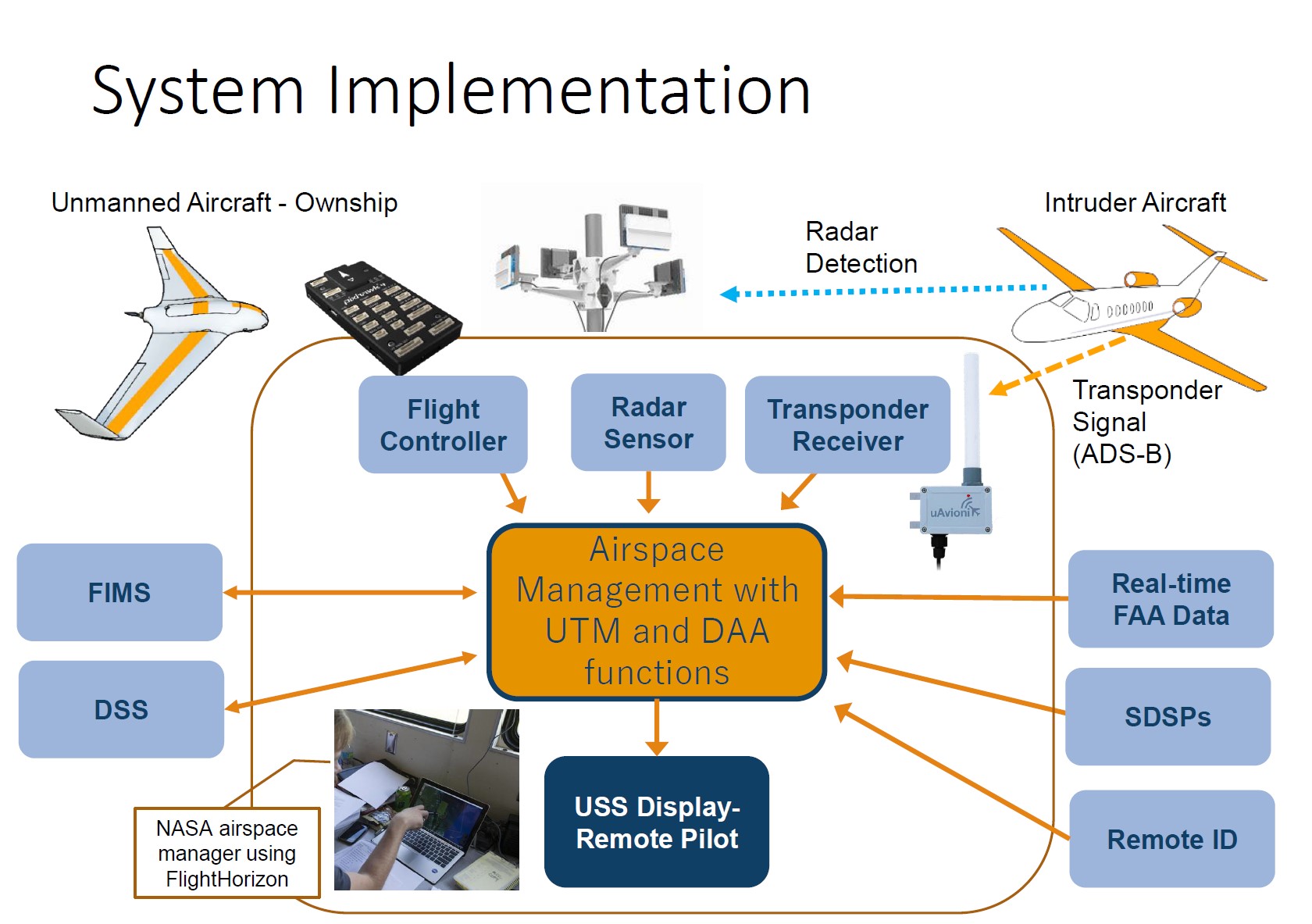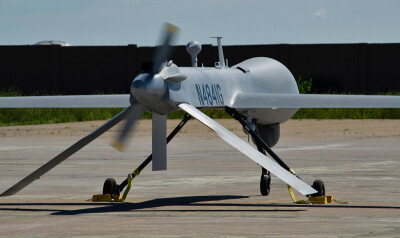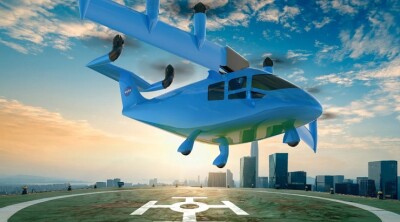As we move closer to the day when on-board piloted aircraft and their remotely piloted counterparts safely share the National Airspace System (NAS) it is important that all the technologies required to make it happen are on the right development track.
Detect and Avoid (DAA) is one of the most important technological components of this integration strategy given the important role it plays in replacing the traditional role of the pilot on board. Let’s face it, all we are doing is providing uncrewed aircraft with the capabilities of a Federal Aviation Administration (FAA) certified human pilot, and while we do that, add a few technological advances, including Artificial Intelligence and automatic integration of multiple data sources in real time.

To understand how DAA development is progressing we reached out to Kraettli Epperson, CEO, Vigilant Aerospace Systems, an Oklahoma City-based company.
“Founded in 2015, Vigilant Aerospace Systems, Inc. is the leading developer of multi-sensor detect-and-avoid and airspace management software for uncrewed aircraft systems (UAS or drones),” said Kraettli. “We believe that in order to have full and safe integration of crewed and uncrewed aviation in the NAS, we must have a robust airspace management system that includes traditional aviation, drones, air taxis, and the necessary ground infrastructure such as airports and vertiports.”
DAA is basically a series of sensors and smart software, in the aircraft and on the ground, that continuously monitor the adjacent airspace of any and every uncrewed aircraft and provides timely information for these aircraft to take evasive action in case of a potential conflict.
“Vigilant’s product, FlightHorizon, is based on two NASA patents and uses data from multiple sources to display a real-time picture of the air traffic around a drone to automatically provide collision avoidance commands to remote pilots or autopilots,” said Kraettli. “FlightHorizon is technology that is compliant with ASTM (American Society for Testing and Materials) standards, and we pride ourselves in working closely with our partners and customers to ensure that our approach to development is problems-oriented and Concept of Operations (Conops)-oriented in order to provide a product that will satisfy the strict requirements of the FAA for a safe integration of remotely piloted or autonomous aerial platforms.”
Kraettli is a member of the ASTM F38 Committee, a section of the organization that addresses issues related to design, performance, quality acceptance tests, and safety monitoring for unmanned air vehicle systems.
FlightHorizon, as a product, has a series of functionalities that are best described as follows:
- Detect, Track, Warn and Avoid – Prevents potential conflicts and collisions between aircraft by providing situational awareness and automatic detect, track, warn and avoid for UAS.
- Multiple Data Sources and Sensors – Provides plug-and-play integration with aircraft transponders, ground-based or onboard radar, the UAS autopilot, FAA online data, National Weather Service data and other sources.
- Onboard, Laptop, Server, or Cloud-based – Versions available for on the aircraft, for portable or fixed locations and for online/offline use with any aircraft and with rapid integration to multiple sensors.
- “Safety-as-a-Service” – Out of the box functionality reduces complexity, reduces integration costs and reduces risk for UAS operators, fleets, facilities and programs.
- Built-in Concept of Operations (ConOps) – Designed to provide a safety case for waiver or COA support and a variety of certifications.
It is noteworthy mentioning that Vigilant Aerospace Systems is based in Oklahoma City, the heart and soul of traditional crewed aviation. Aircraft manufacturers such as Lockheed Martin, Boeing and Northrop Grumman have an important presence in that city, as do the FAA and many pilot training facilities.
“From day one we set out to develop a product focused on regulatory and standards compliance as a baseline which allows us to move forward with technological innovation while maintaining strict adherence to current regulations and requirements,” Kraettli stated. “This approach has allowed Vigilant Aerospace to have a close working relationship with various agencies such as NASA, the FAA, the Department of Defense and others. There is a massive opportunity in autonomous aircraft, but it is only by using an integrated, multi-sensor, standards-compliant approach that we will be able to add thousands of uncrewed aircraft to our crowded skies.”
We strongly agree with Kraettli’s assessment of the situation and while we wait for the FAA to publish its Part 108 NPRM (Notice of Proposed Rulemaking) to make beyond visual line of sight flights routine in the next few months, it is refreshing to know that companies like Vigilant Aerospace Technologies Systems are not only located near traditional aviation facilities but are moving forward with uncrewed innovation. Vigilant recognizes that there is an existing infrastructure and a regulation framework that works pretty well and is worth adhering to and complying with. Kudos to Kraettli and the Vigilant Aerospace Systems team.















Comments